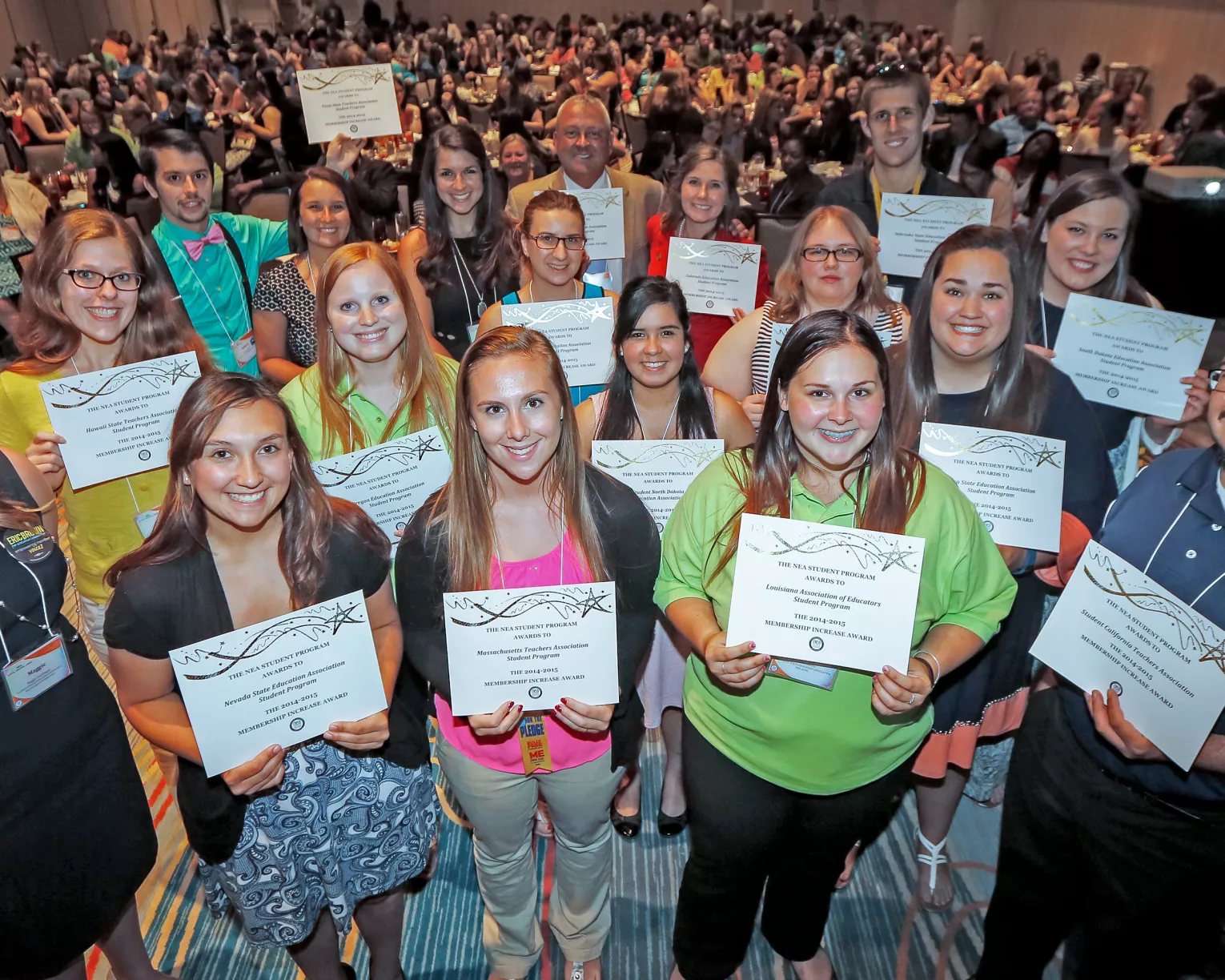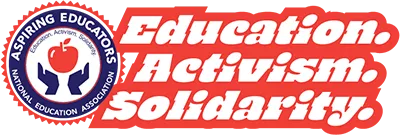About two-thirds of education majors borrow from the federal government to pay for their tuition. The average amount of student debt for an undergraduate degree is around $30,000. But some teachers owe more than $100,000 for their degrees. Their only hope for financial freedom is to get some or all their debt erased through a federal loan forgiveness program.
Get into the right payment plan
Federal repayment and forgiveness plans can be confusing, but you don’t have time to waste in figuring them out! It’s important for new educators to get into the right repayment plan before making even one payment. Many NEA members have reported making dozens of monthly loan payments before learning that none of those payments counted toward federal loan forgiveness, because they made them in the wrong repayment plan.
Qualify for Public Service Loan Forgiveness (PSLF)
This program will forgive your entire loan balance. To qualify, educators must be in an income-driven plan, such as the federal Income-Based Repayment Plan or Pay as You Earn Repayment Plan. These plans determine the amount of your monthly loan payment by your income level, not the balance of your loans.
Let’s face it, as a new educator, you won’t be making a lot of money. With an income-based plan, the less you earn, the less you pay. You’re eligible if you meet the following requirements:
- You have a federal Direct Loan.
- FedLoan is your loan servicer at the time of application.
- You are in an income-driven repayment plan.
- You work full-time for the right kind of employer (all public schools and colleges count), and you can prove your employment by filing a public-service employment certification form.
- You have made 120 on-time payments, but they do not need to be consecutive.
Qualify for Teacher Loan Forgiveness (TLF)
This more modest program will forgive up to $5,000, or up to $17,500 if you teach math or science at the secondary level or special education at any level. You are eligible if:
- You have either Direct Loans or Stafford Loans.
- You are a “highly qualified” or fully state-certified teacher.
- You have taught for at least five years at a school
- or educational service agency that serves low-
- income students.
Your union is here to help!
The NEA Student Debt Navigator is an easy, online tool that can help you identify the right repayment plan for you and get you on the road to loan forgiveness. Powered by a company called Savi, the navigator uses information that you provide—where you teach, what you teach, how much you owe, etc.—to help you save money. If you need additional help, you can connect by phone with experienced advisors who have helped many NEA members save money on their loans. If PSLF is right for you, the navigator will even e-file the paperwork for you.
Are you an affiliate?




